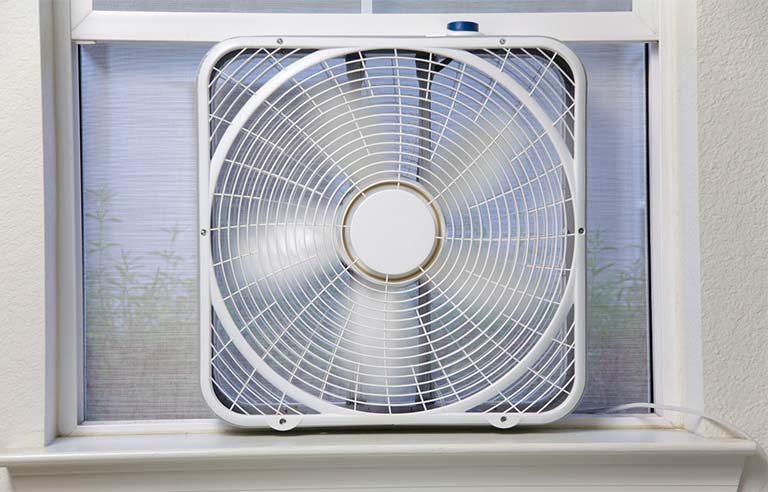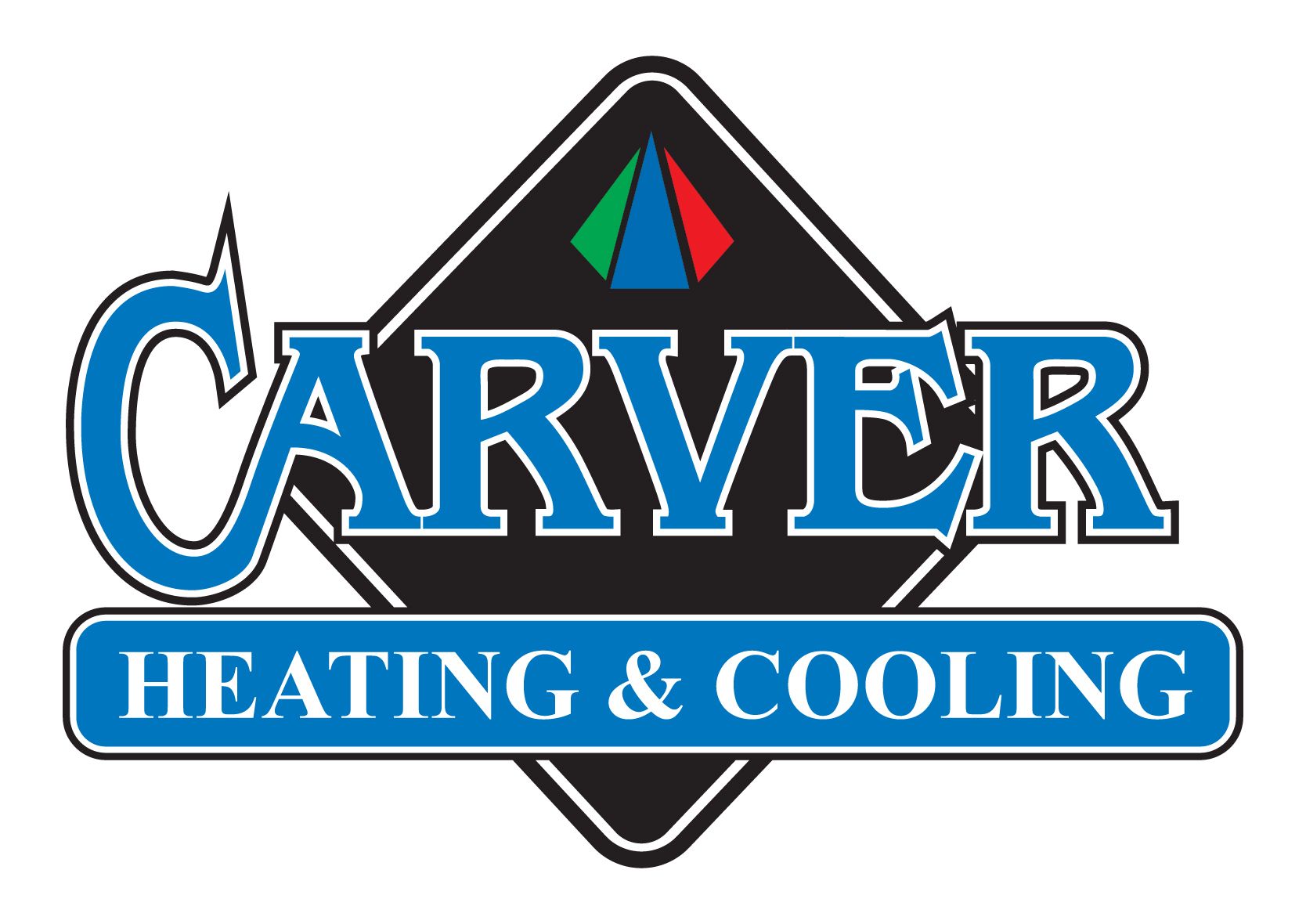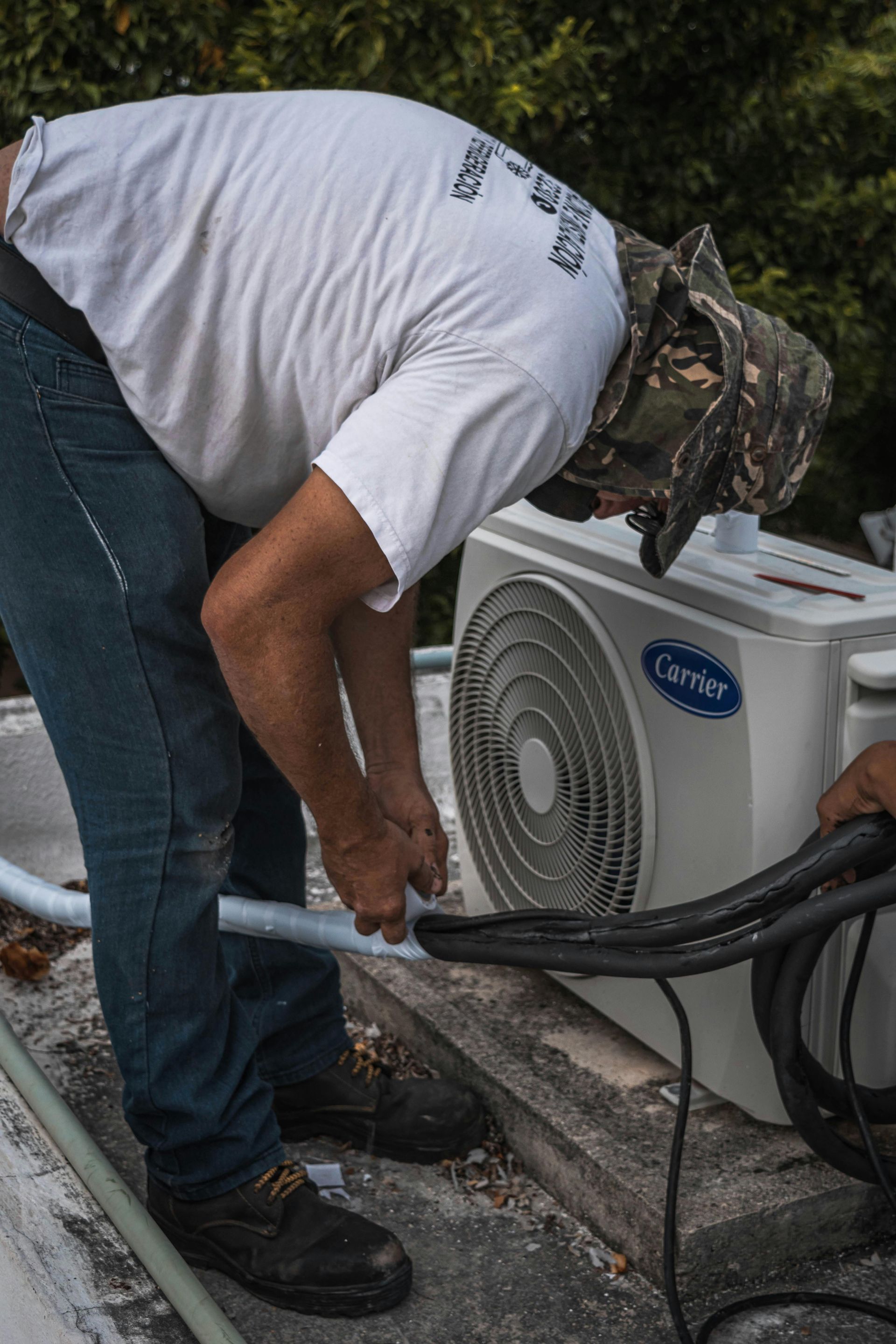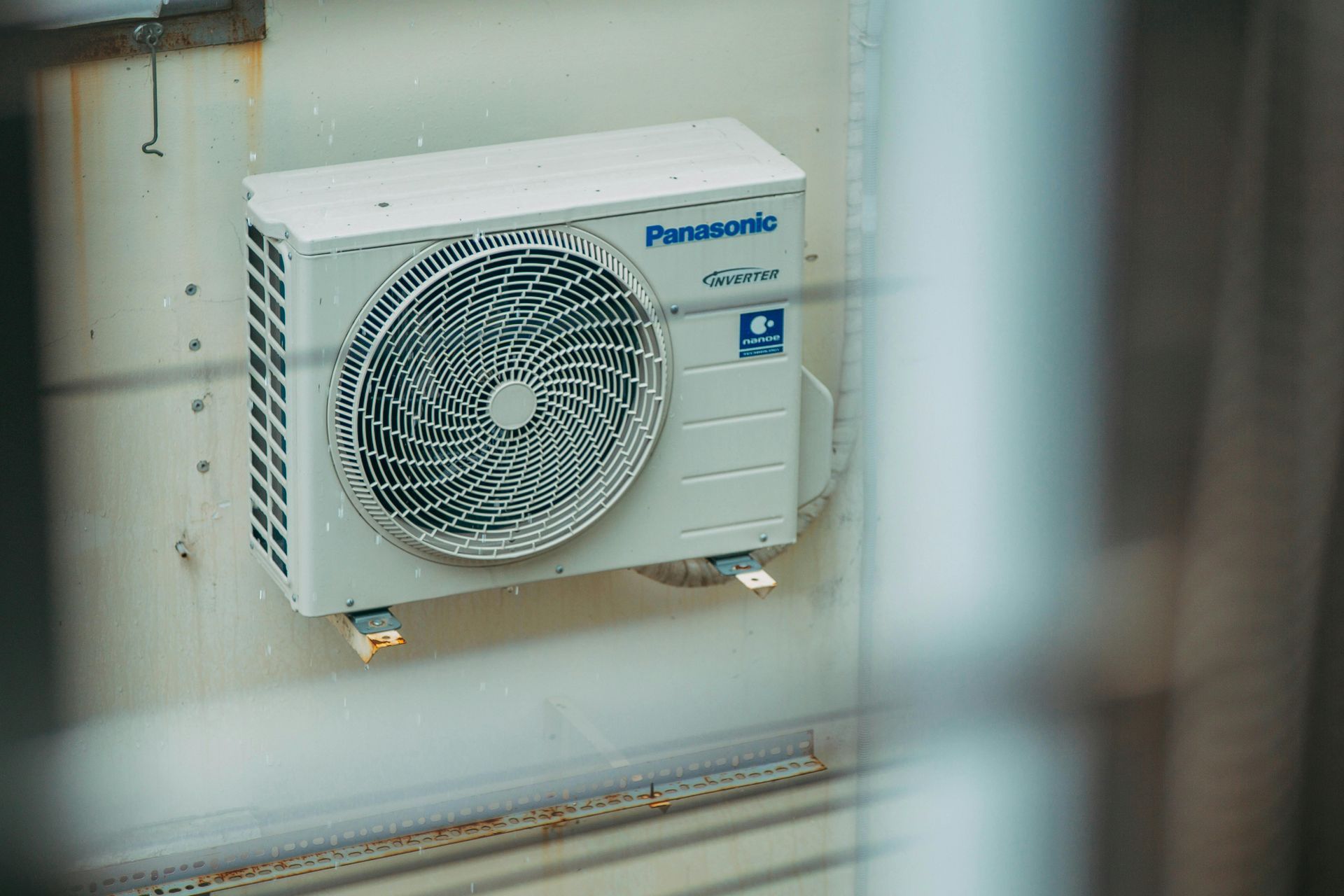What is a Ventilation System and What are the Benefits of Installing One?
What is a Ventilation System and What are the Benefits of Installing One?

Installing a ventilation system in your home is a great way to help combat the odors that can build up in any house. Not only that, but it can also help improve air quality and reduce your home’s energy bill at the same time.
There are many benefits of installing a ventilation system in your home. The most obvious one is that it will improve the quality of air in your house. This will make it easier to breathe and sleep at night.
In addition, ventilation systems have been shown to reduce allergens, like dust mites and pet dander, which can help you avoid allergy symptoms.
A ventilation system uses air circulation to remove foul odors and excess moisture from a home. They are commonly installed in basements as they are ideal for humid environments, but they can be installed in almost any room of the house with the right measures being taken.
Let’s take a look at everything you need to know about installing a ventilation system in your home.
What is a Ventilation System?
A ventilation system is designed to improve indoor air quality in your home. There are a few different types of ventilation systems, but they all work to suck out dangerous air pollutants and replace them with fresh air. When you are trying to figure out what type of ventilation system you should invest in, it is important to understand the pros and cons of each system. Mechanical ventilation systems - This type of ventilation system uses a fan, ductwork, and filters to remove contaminants from the air. The filter should be cleaned every few months to remove bacteria, skin, and dust mites. - This type of ventilation system uses a fan, ductwork, and filters to remove contaminants from the air. The filter should be cleaned every few months to remove bacteria, skin, and dust mites. Electrical ventilation systems - The most common type of electrical ventilation systems are powered by a wall plug. The electrical fan can be programmed to run periodically at specific times of the day. - The most common type of electrical ventilation systems are powered by a wall plug. The electrical fan can be programmed to run periodically at specific times of the day. Natural ventilation systems - This type of ventilation system is designed to bring fresh air into your home through a special opening, like a window.
Why is Installing a Ventilation System in Your Home a Good Idea?
Humidity is a major problem in most basements. Without proper ventilation, you may find yourself dealing with musty odors, mould, and higher utility bills, among other issues. If you don’t install a ventilation system, your basement will act like a greenhouse and trap all of the moisture in the air. Excess moisture can lead to a number of different issues, including the growth of mould. If you want to protect the structural integrity of your home and the safety of you and your family, installing a ventilation system is a great idea. Another major reason why you should consider installing a ventilation system in your home is to reduce the amount of CO2 in the air. CO2 is a greenhouse gas that can have adverse effects on your health. The right ventilation system can help reduce the amount of CO2 in the air by up to 50%.
How to Install a Ventilation Fan in Your Basement
Installing a ventilation fan in your basement is the easiest way to improve the air quality in your home. The best way to install a ventilation fan in your basement is to do it when you are installing your sump pump. A sump pump is a great way to protect your basement from flooding, but it can also be used for ventilation. Sump pumps are designed to be submerged in water, which makes it the perfect place for a ventilation fan. Most sump pumps include a special hole that can be used for ventilation, and installing a ventilation fan there will take just a few minutes. Once the sump pump and ventilation fan are installed, you can program the ventilation fan to turn on and shut off at specific times of the day. When the ventilation fan is on, the air will be pulled into the sump pump and pumped out of your basement.
How to Install an Outdoor Ventilation Fan
Installing an outdoor ventilation fan isn’t much different than installing a ventilation fan in your basement. The main difference is that you will have to run the ductwork outside of your home. The first step to installing an outdoor ventilation fan is to find an outdoor location for the fan. You will want to make sure the outdoor fan is protected from rain, snow, and other outdoor elements. You can use a covered patio or an open-air location like a deck or balcony. Once you have found the location for the outdoor fan, you will need to run the ductwork from the indoor fan to the outdoor fan. You can do this by cutting a hole in the wall and running the ductwork through the hole. You will want to make sure you seal the hole with foam or other sealants so that water doesn’t leak into your home. The last step is to connect the outdoor fan to the indoor fan. You can do this by connecting the ductwork or installing a Y-splitter.
How to Install an Indoor Mechanical Ventilation System
Installing a mechanical ventilation system in your home is a big project and should only be done if you have experience with installing electrical systems. When installing a mechanical ventilation system in your home, you will need to hire an electrician to install the necessary ductwork and a HVAC specialist to install the ventilation system itself. Once the HVAC specialist is done installing the ventilation system, you can program the system to come on at specific times of the day. This can help increase the amount of fresh air in your home, which can improve your home’s air quality. You may want to consider installing a CO2 monitor with your mechanical ventilation system. This can help you determine whether or not you need to increase the amount of fresh air in your home.
How to Install a Humidifier with a Ventilation System
Installing a humidifier with a ventilation system is an ideal solution for dry winters. Adding a humidifier to your ventilation system can help keep your home feeling warmer and more comfortable. Humidifiers are designed to add moisture to the air. They are often used in the winter because they can help reduce static electricity. The best way to install a humidifier with a ventilation system is to install the humidifier in a central location in your home. You will want to make sure the humidifier is located below the ductwork so the humidifier can draw the water out of the air. Once the humidifier is installed, you will want to program the ventilation system to turn on and off at specific times of the day.
Conclusion
Installing a ventilation system in your home is a great way to improve your indoor air quality. These ventilation systems can help reduce the amount of CO2 in the air, which can improve your home’s energy efficiency. A ventilation system can be installed in almost any room of the house, but they are particularly helpful in basements. Basements are humid environments, so they can trap a lot of moisture in the air. Installing a ventilation system in your home is a great way to keep your home clean and healthy while saving money on your energy bill.










